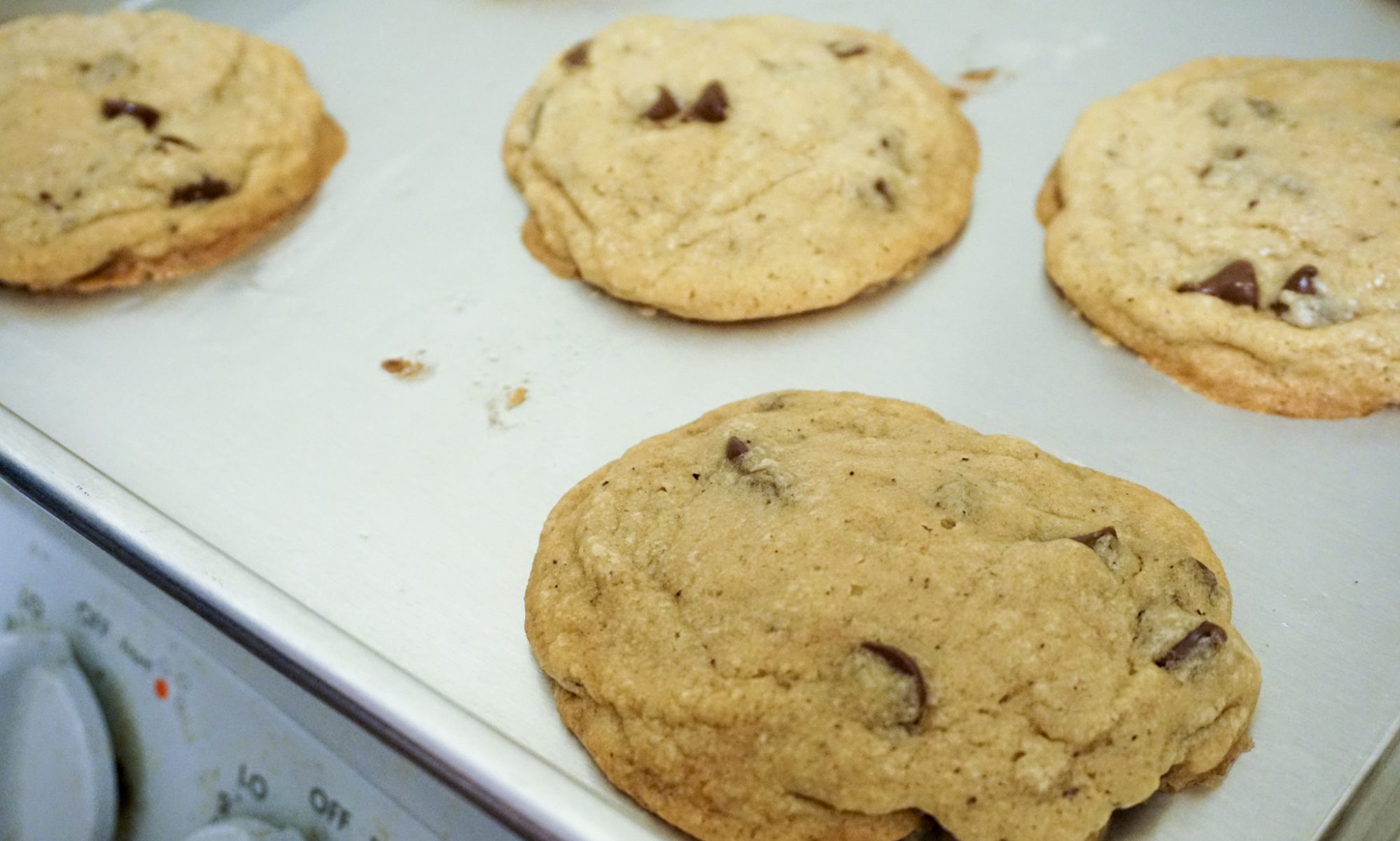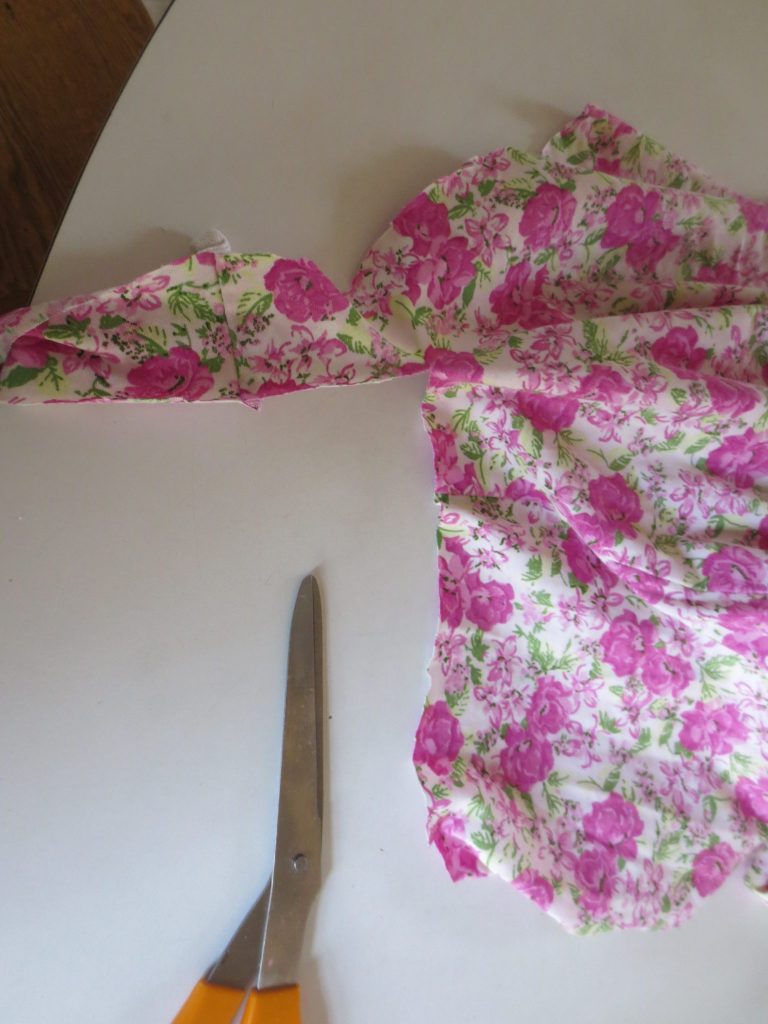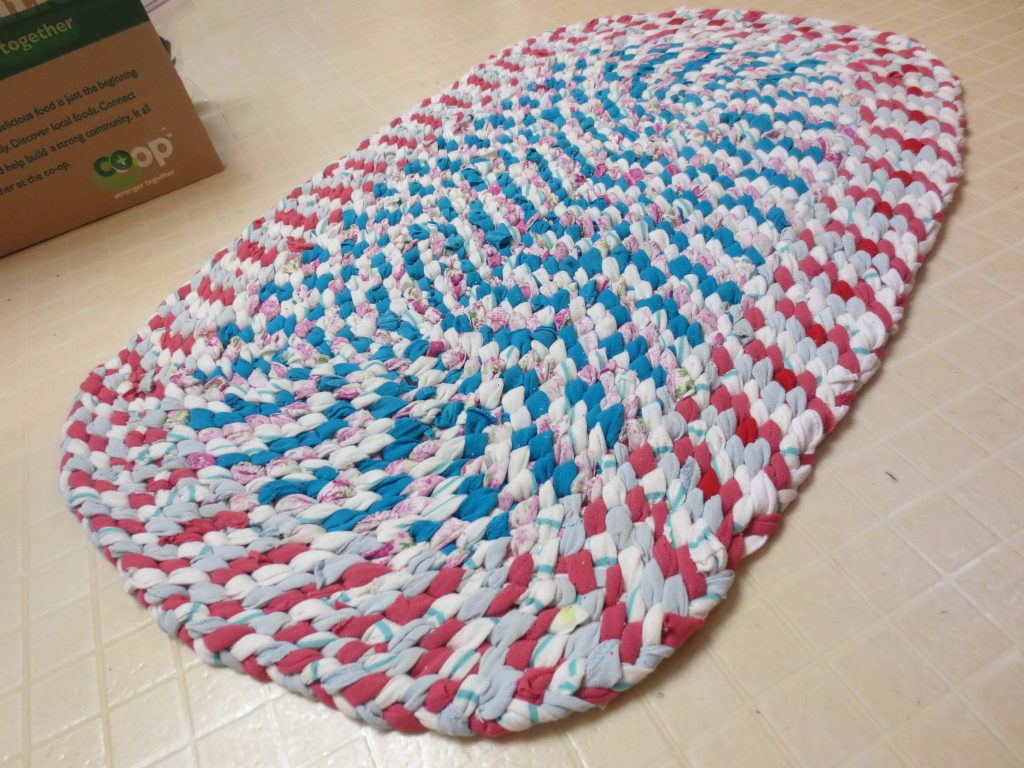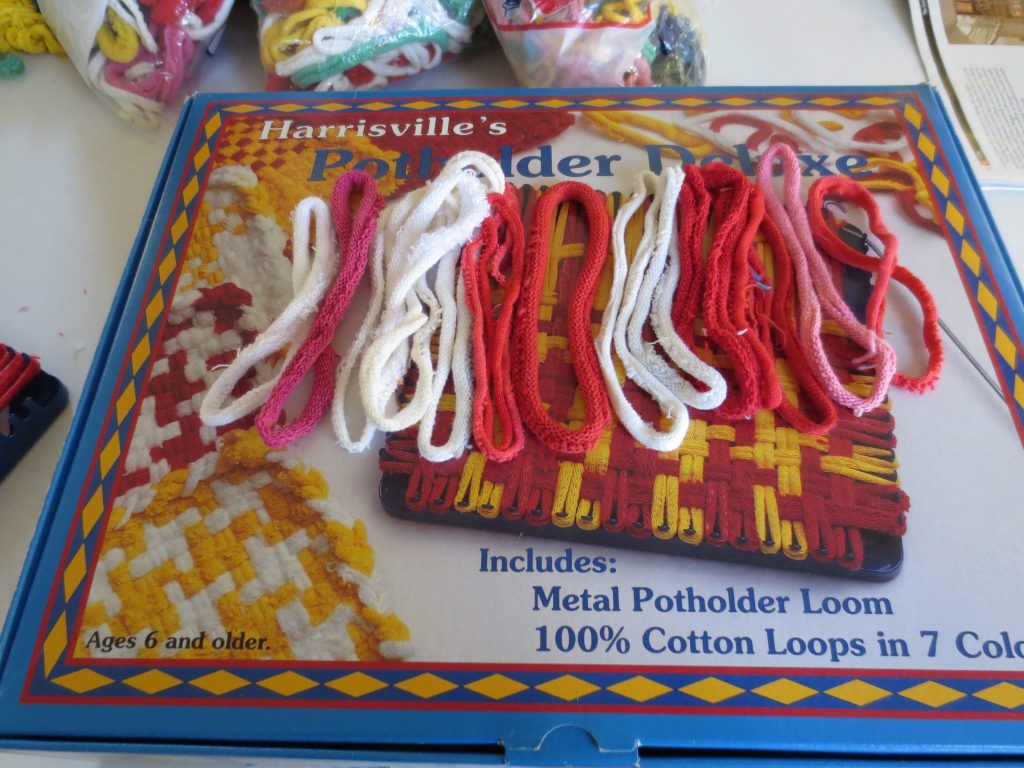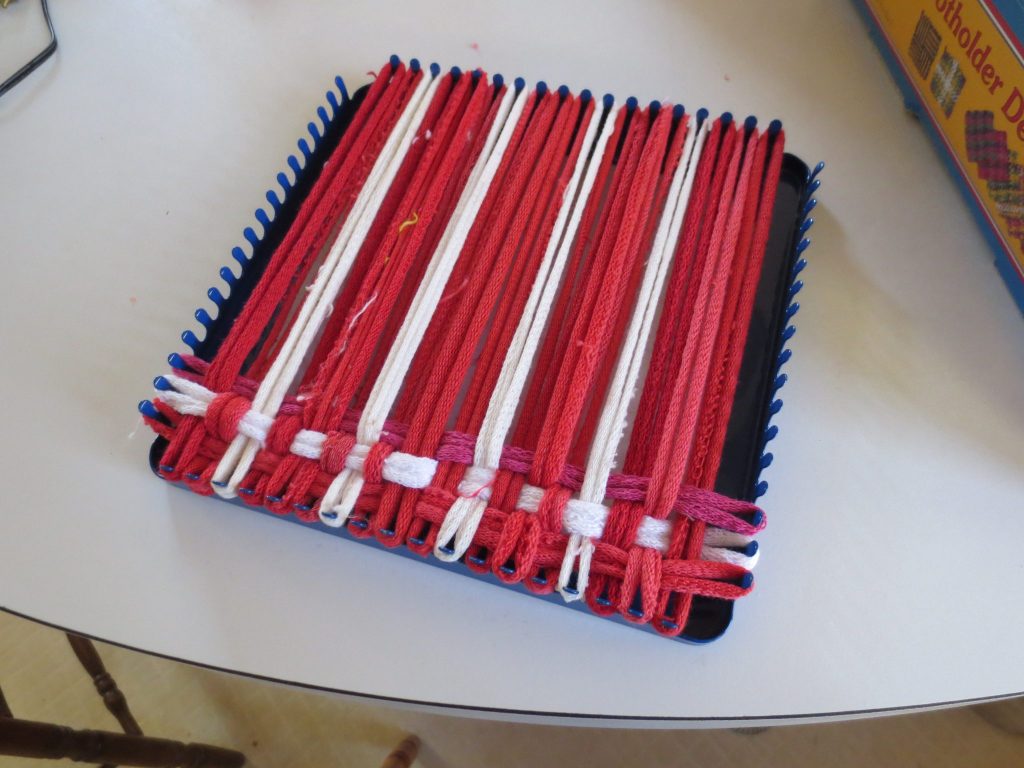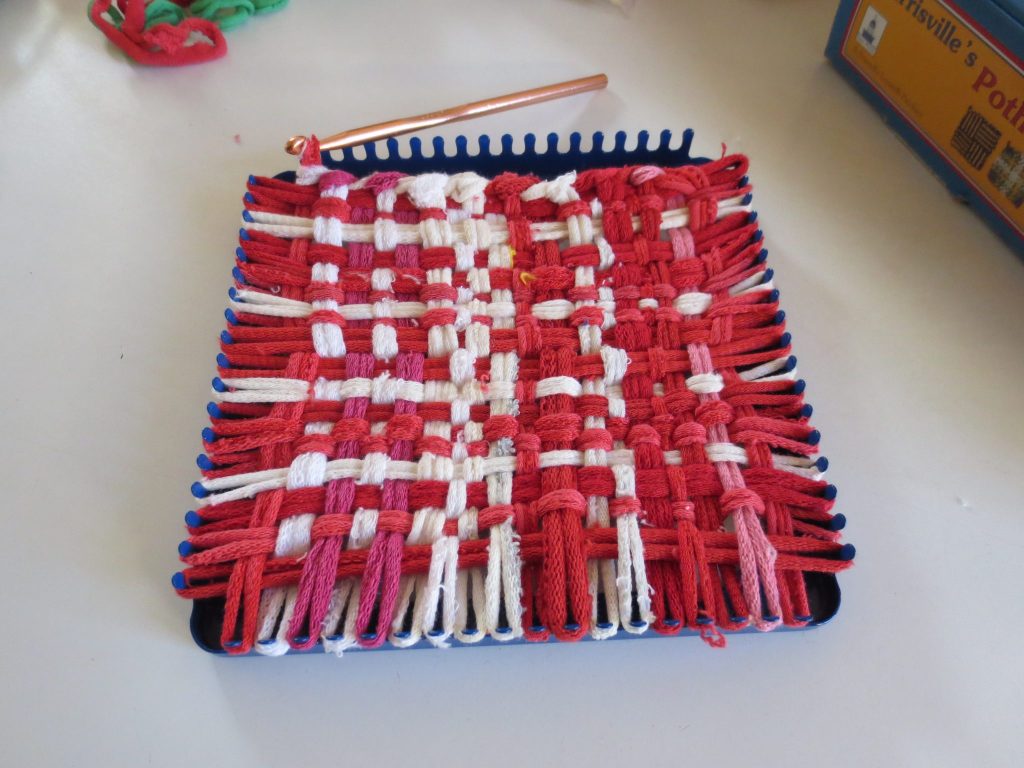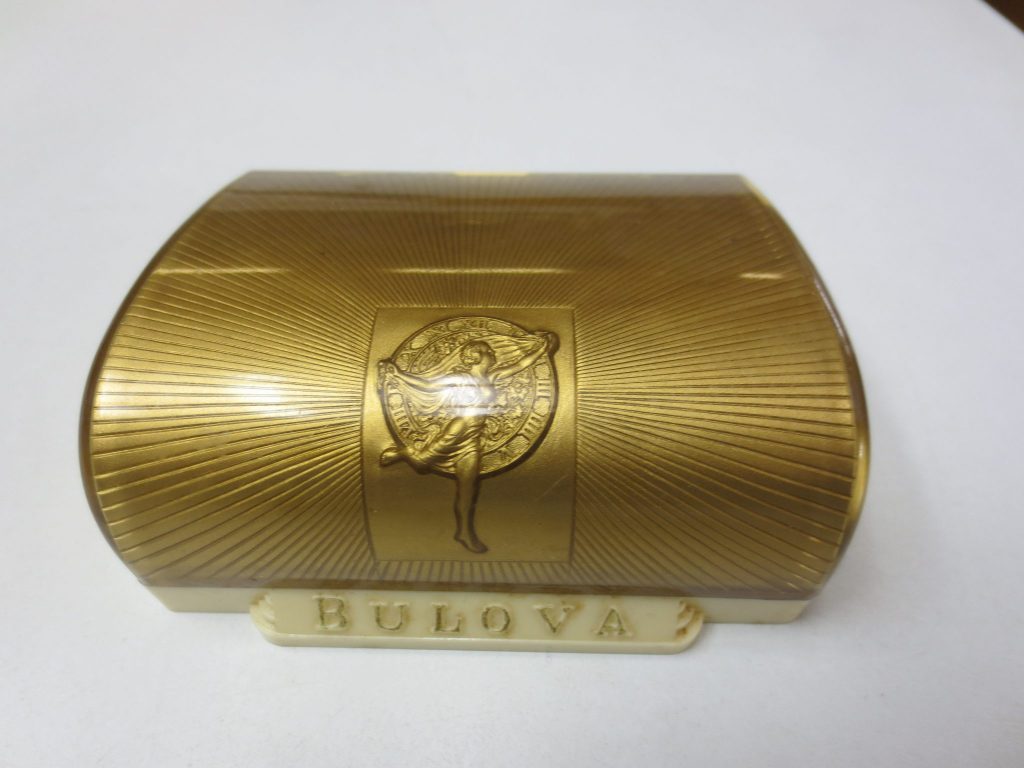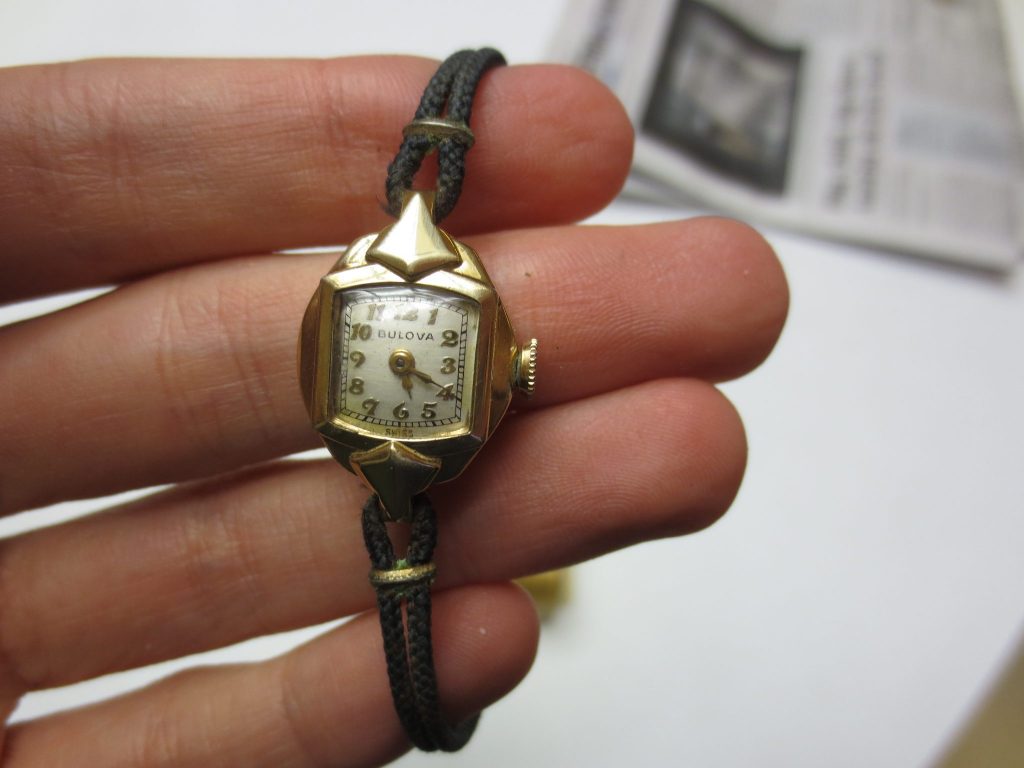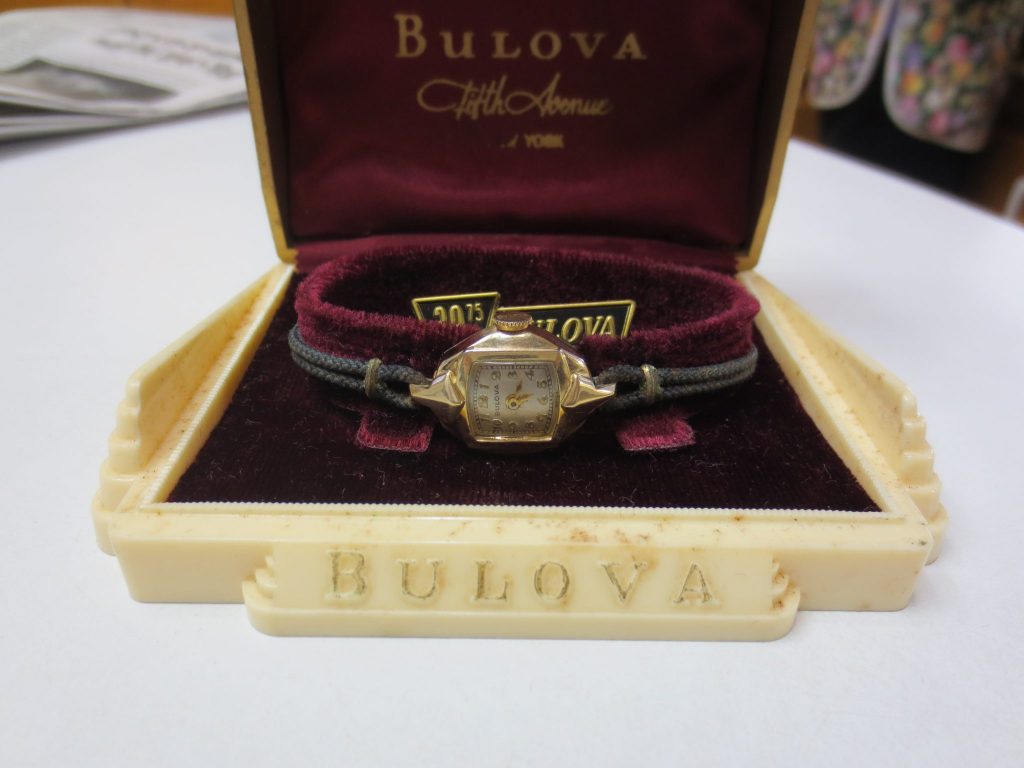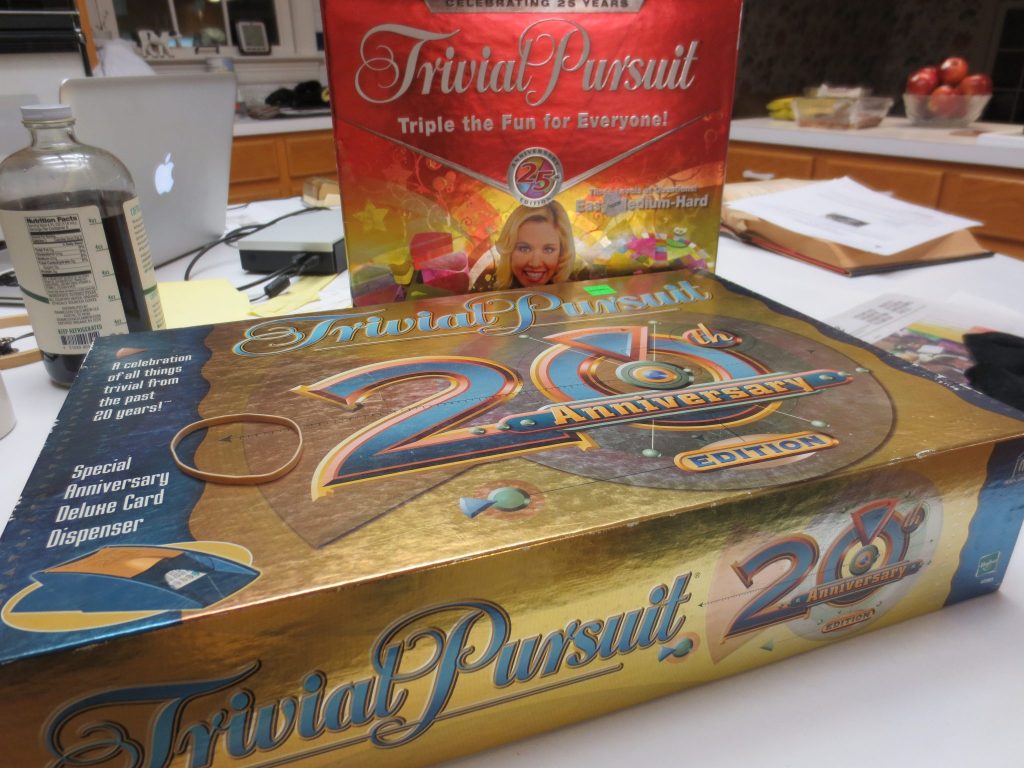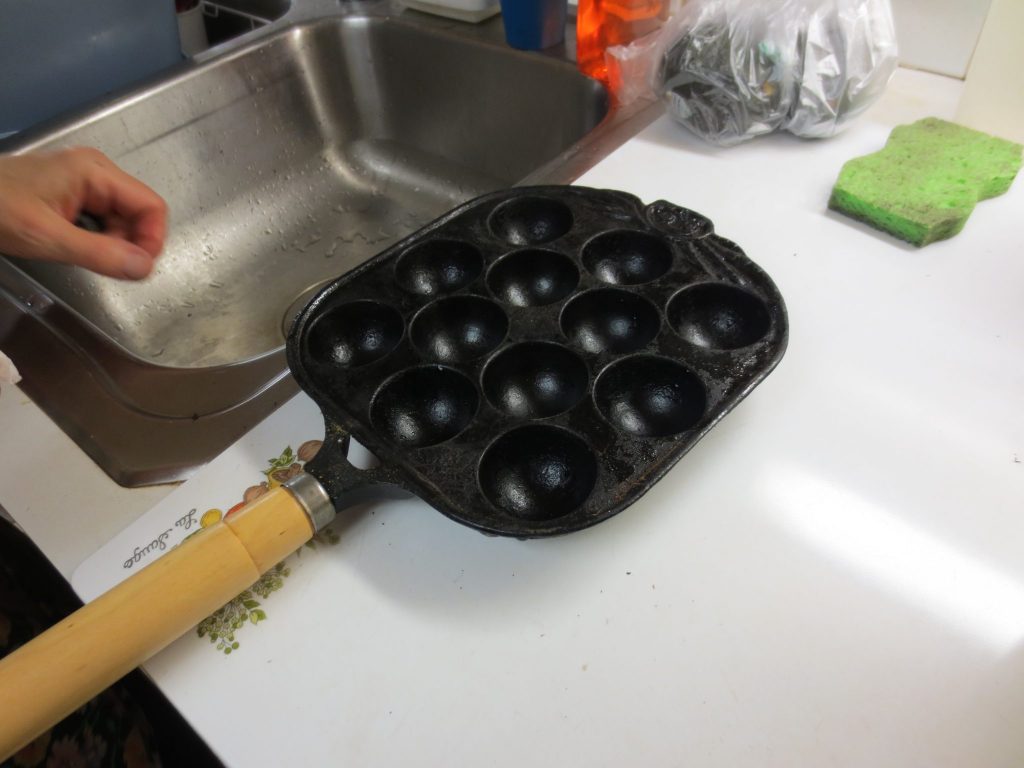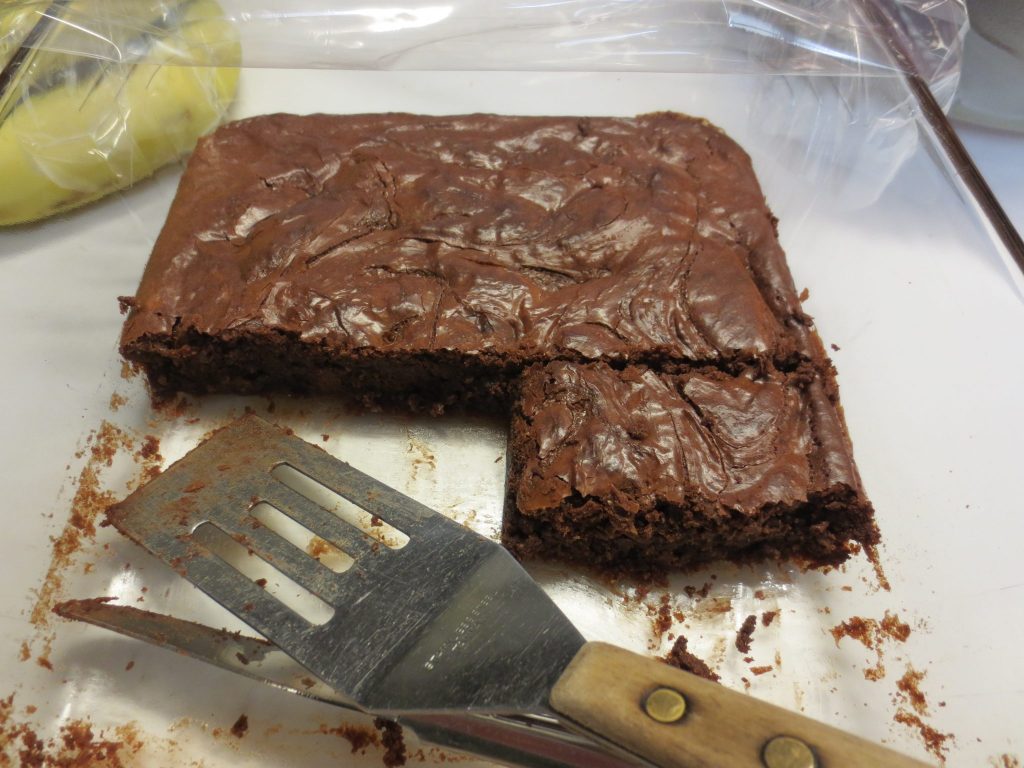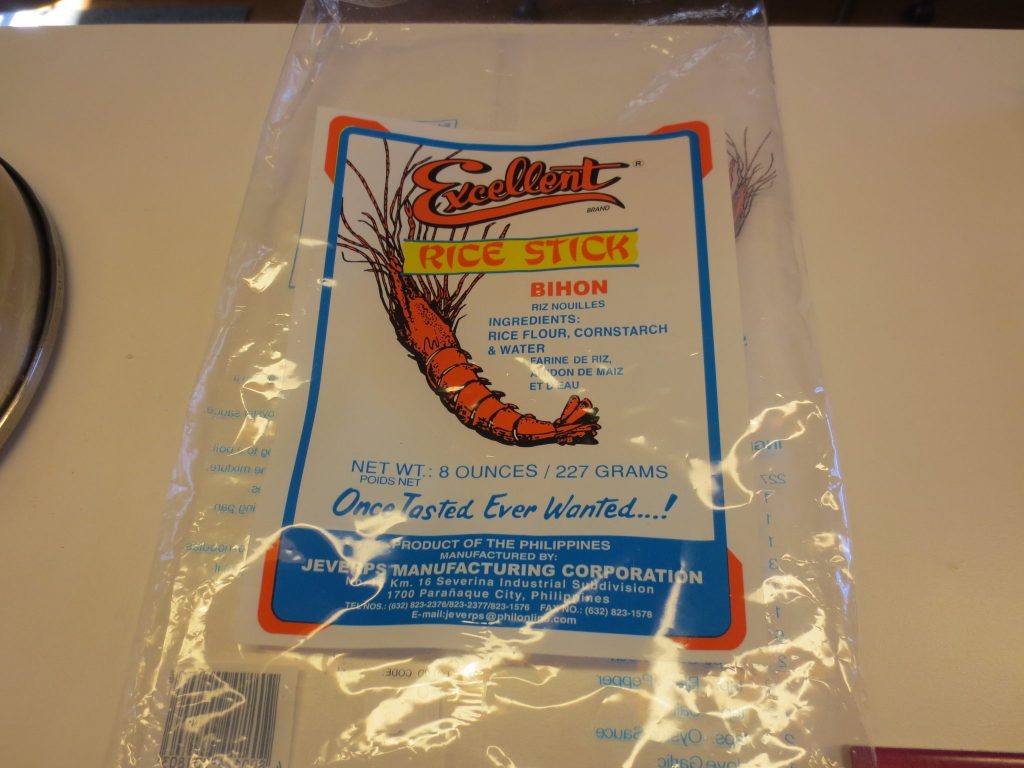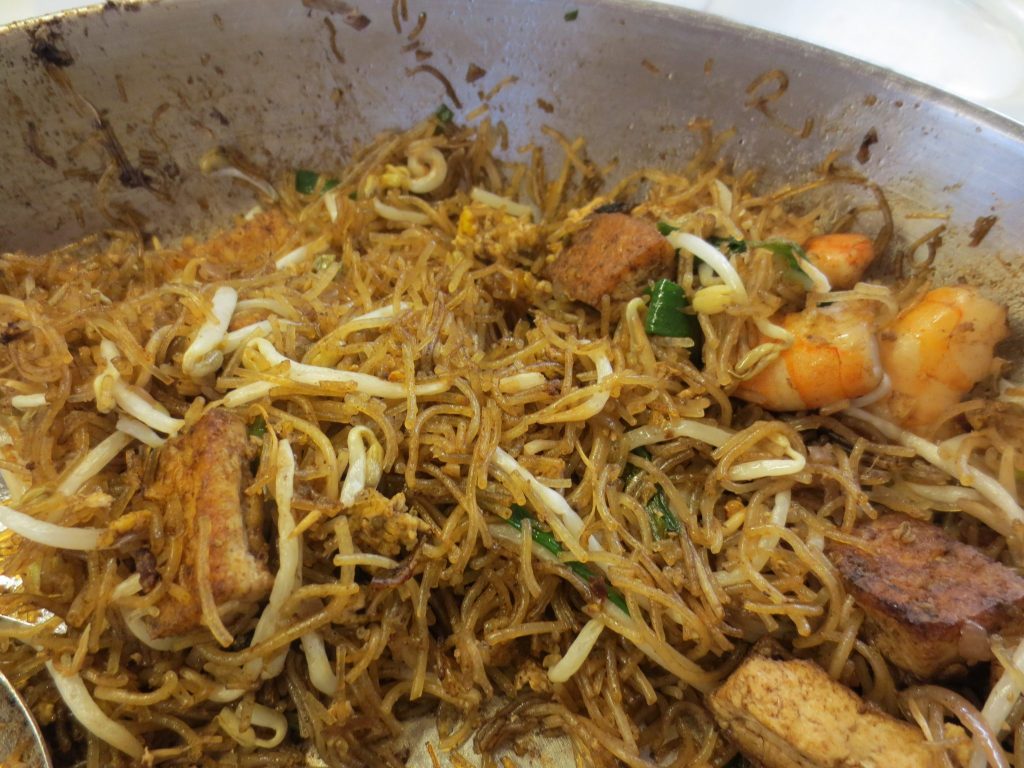In the course of composing the post on fried food, I realized that I haven’t talked about the wok yet!!
J and I have this amazing Le Creuset wok (in red). Le Creuset is considered the holy grail of enamelware, which is glass-coated metal in general (cast iron in this case). Other companies’ enamel, including Lodge, unfortunately, has a tendency to chip off. The wok is incredibly heavy. According to Amazon, it weights 12 pounds. It is impossible to lift with only one hand, so it’s a good thing that it has two handles.
Sibling C and I found the wok at a thrift store for $25. We hit the jackpot!! The key to this particular find was the type of thrift store. It is on the border between a rich neighborhood and a poor neighborhood. I suppose it was built there to serve the poorer people, but it means that all the wealthy people donate their cast-offs there. So you can find silver, full sets of china, fancy coats, and fancy furniture.
While I admire Le Creuset products for being high-quality and durable, I would be hesitant to buy new. I do think the price is worth it if you would actually use the item, but they don’t hit all my requirements for new items.
Le Creuset products are made in France (better than China, but worse than the US). The company markets itself as a luxury brand, so their products are considered status symbols. Hence there are a lot of people who own Le Creuset but don’t use them (total waste!). This also means that there is thriving market of used and vintage Le Creuset, so might as well buy one of those! On a nitpicky note, I also don’t like that the lid knob is plastic.
